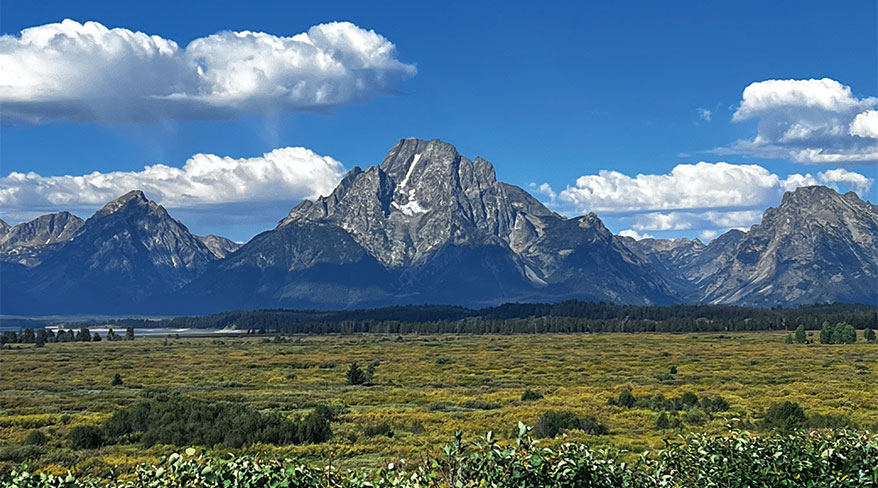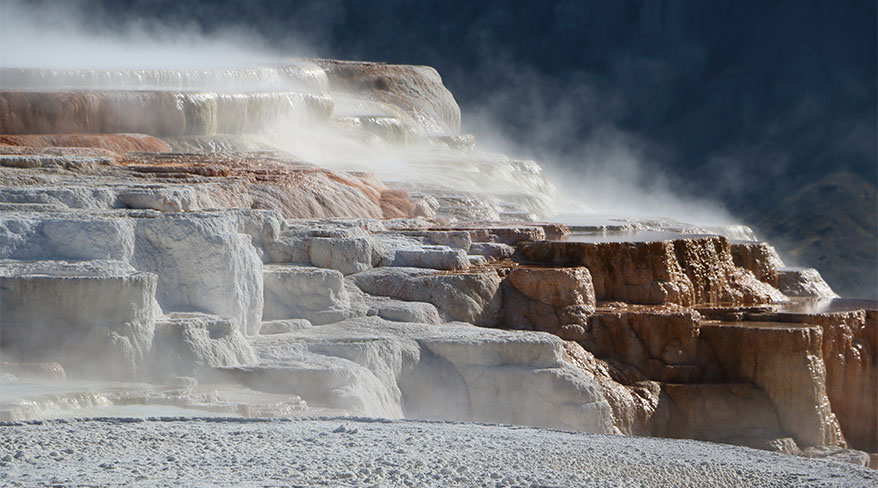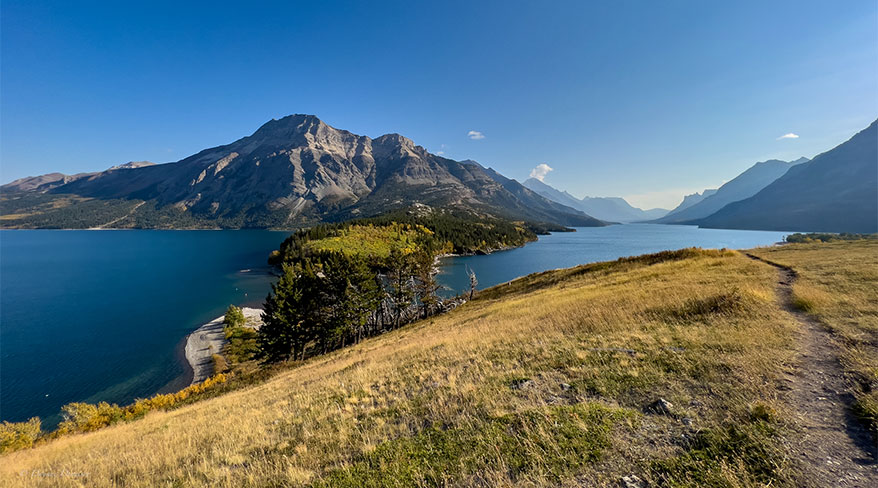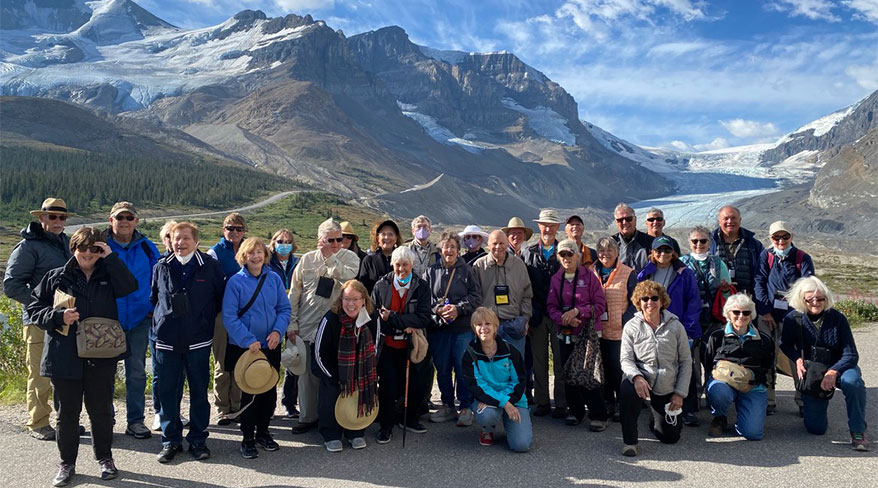The Best of the Grand Tetons to Banff: Iconic National Parks
- Visit the massive Columbia Icefield and venture by snowcoach onto the surface of the Athabasca Glacier.
- Experience the Crown of the Continent via the Going-to-the-Sun Road as we traverse Logan Pass aboard Red Jammers in magnificent Glacier National Park.
- Discover Head-Smashed-In Buffalo Jump, and witness an Aboriginal hunting practice that was used by Native people of the North American plains for almost 6,000 years.

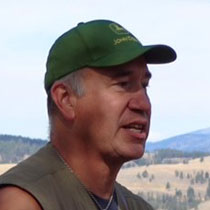



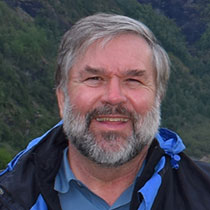

We want your Road Scholar learning adventure to be something to look forward to—not worry about. That’s why we go to the ends of the earth to give you peace of mind, from the moment you enroll until the day you return home.

Road Scholar's continued commitment to our participants and their well-being is exemplified whether participating on a program in the United States or on one of our International programs, every Road Scholar participant receives coverage under our Road Scholar Assurance Plan.

Road Scholar is pleased to offer its Trip Protection Plan as a way to protect your program investment. You may purchase this optional trip protection plan when enrolling in your program.

We offset a portion of the emissions created by your travel. Read about our commitment to a more sustainable planet.


